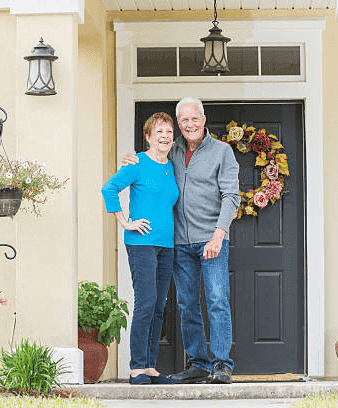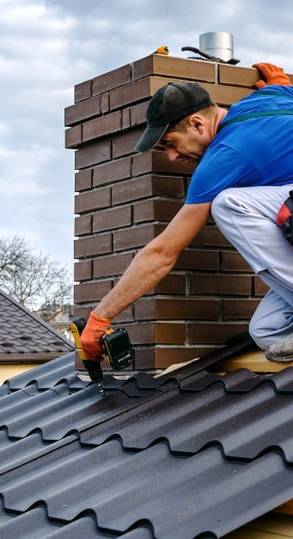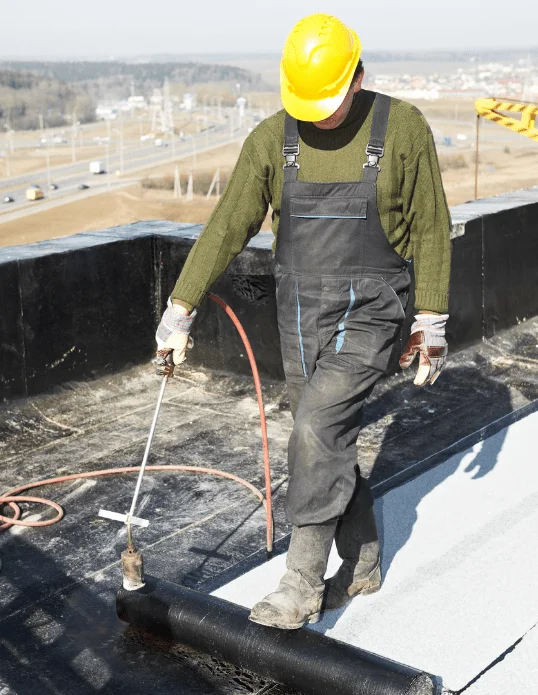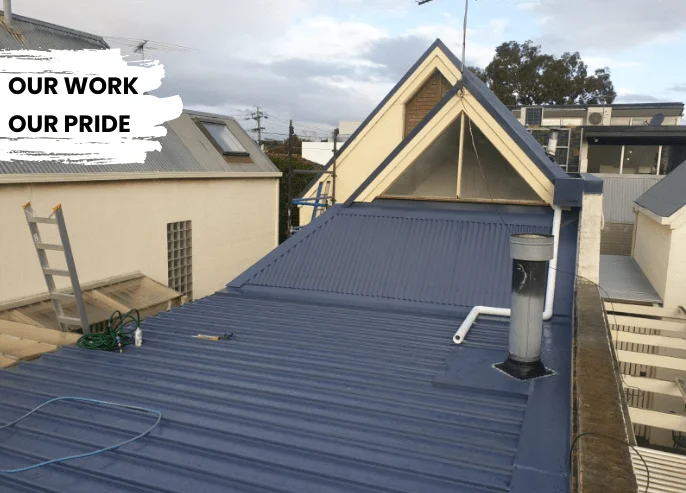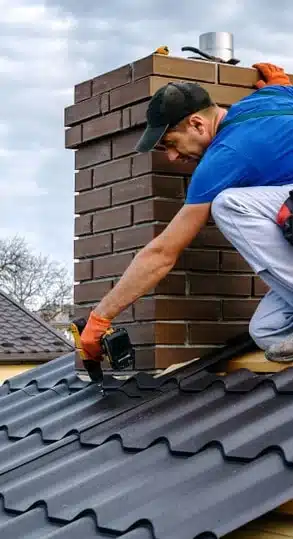Roof restoration is a comprehensive process designed to enhance both the look and functionality of your roof, extending its overall lifespan. Unlike simple repairs, restoration targets deeper structural and aesthetic issues, ensuring long-term protection and improved performance. Below is a step-by-step breakdown of what roof restoration typically includes:
1. Detailed Roof Inspection
The first step is a thorough inspection by a professional roofer. They will assess your roof’s condition, looking for signs of damage such as leaks, cracked tiles, rust spots, or worn areas. The goal is to identify all issues that need attention to bring your roof back to its optimal condition.
2. Deep Cleaning
Next, the roof undergoes a deep clean to remove dirt, moss, algae, and other debris that can accumulate over time. This is usually done with high-pressure washing, which helps uncover hidden damage and prepares the surface for repairs or protective coatings. Cleaning also helps improve the roof's appearance by eliminating unsightly build-up.
3. Essential Repairs
Once the roof is cleaned, the next step is addressing any repairs needed. This could involve replacing cracked or missing tiles, fixing leaks, repairing roof valleys, or sealing any cracked flashing. For metal roofs, it might include replacing rusty sections and resealing any loose joints. These repairs are vital to ensure the roof’s structural soundness and prevent further damage.
4. Re-pointing and Re-bedding
For tile roofs, re-pointing and re-bedding are essential to securing ridge caps. Over time, the mortar holding the ridge caps in place can deteriorate, making the roof vulnerable to water leaks. Re-pointing ensures the ridge caps are tightly sealed, enhancing water resistance and stability, while re-bedding adds additional strength to the structure.
5. Applying Protective Coatings
Once repairs are complete, a protective coating is applied to shield your roof from future wear and tear. For tile roofs, this involves a primer and then a specialized sealant or roof paint that boosts durability and adds to the roof’s appearance. On metal roofs, a rust-proof coating is applied, followed by a protective paint layer. These coatings also help with energy efficiency by reflecting heat, keeping your home cooler in warmer months.
6. Final Inspection
Once all restoration work is done, a final inspection is carried out to ensure everything is completed to a high standard. The roofer will check that all repairs and coatings have been properly applied and that the roof is in excellent condition to provide reliable protection for years to come.
